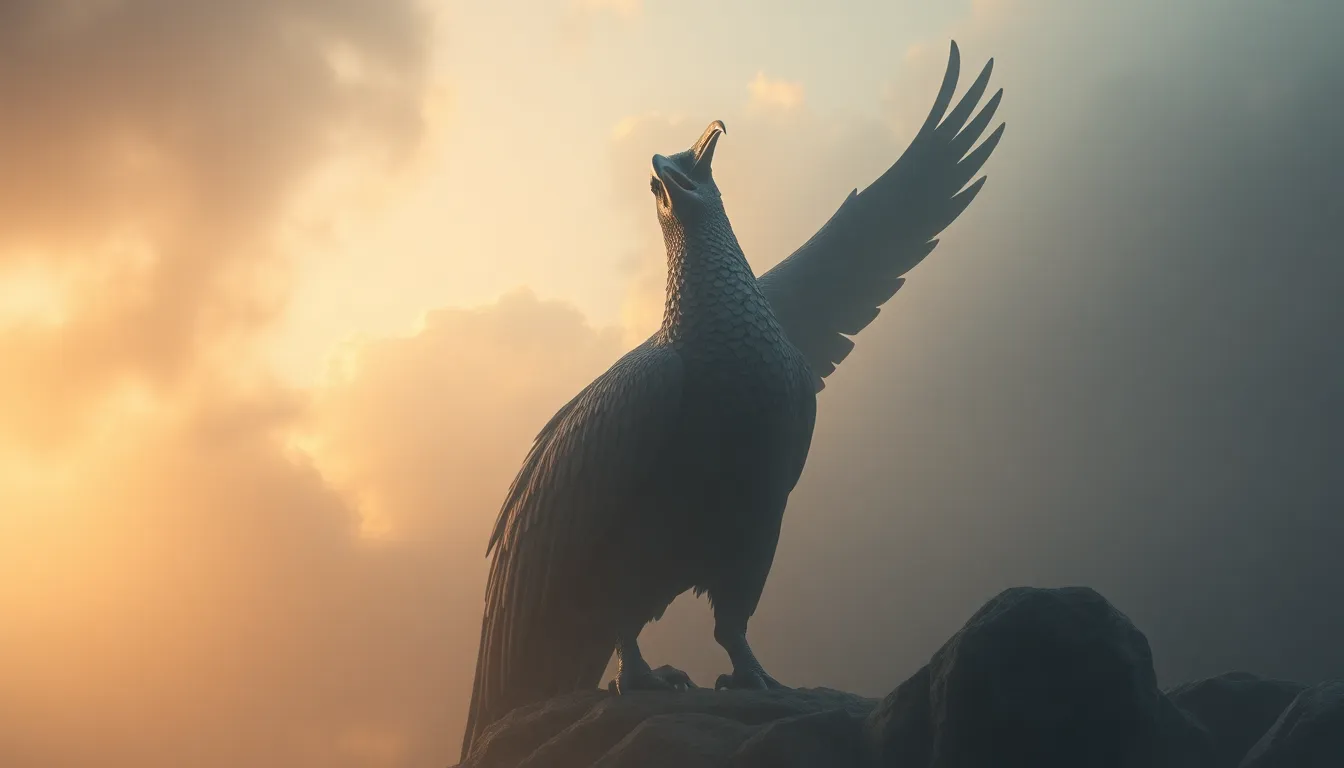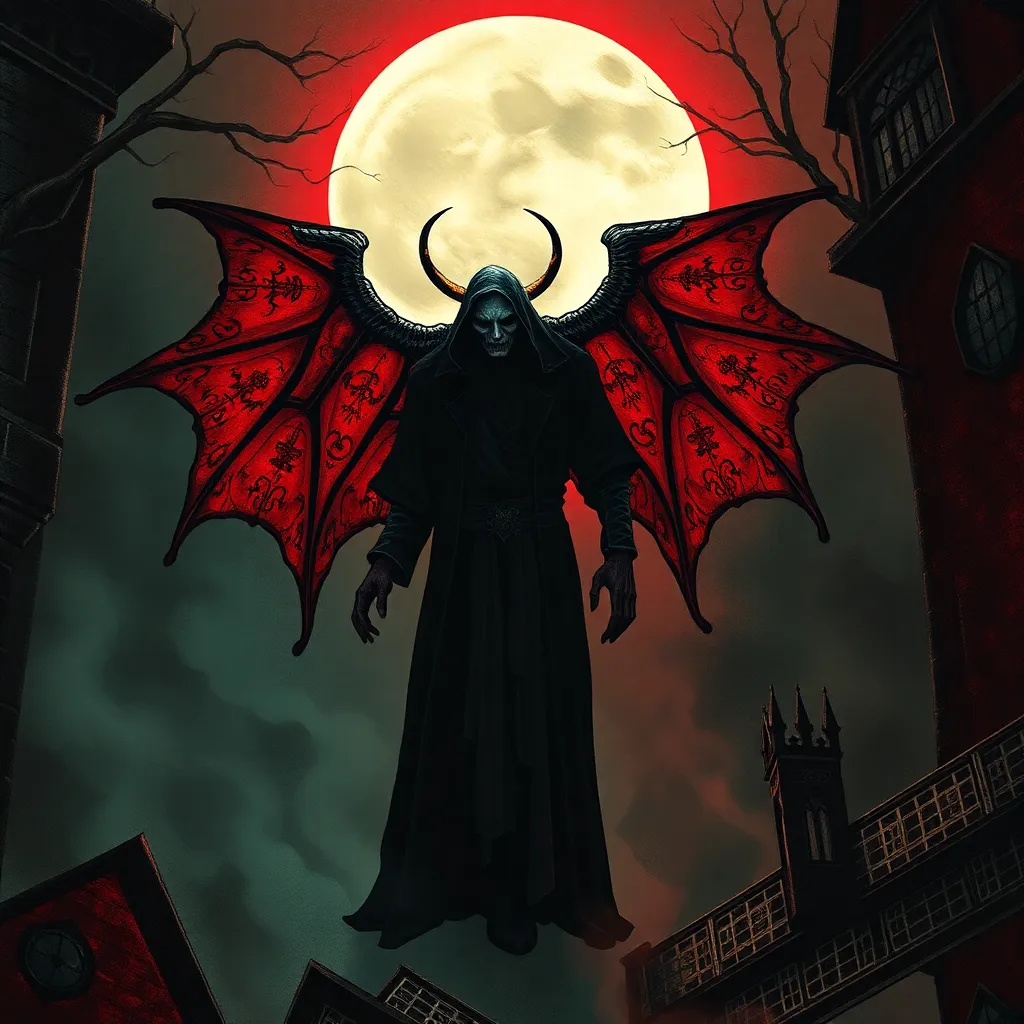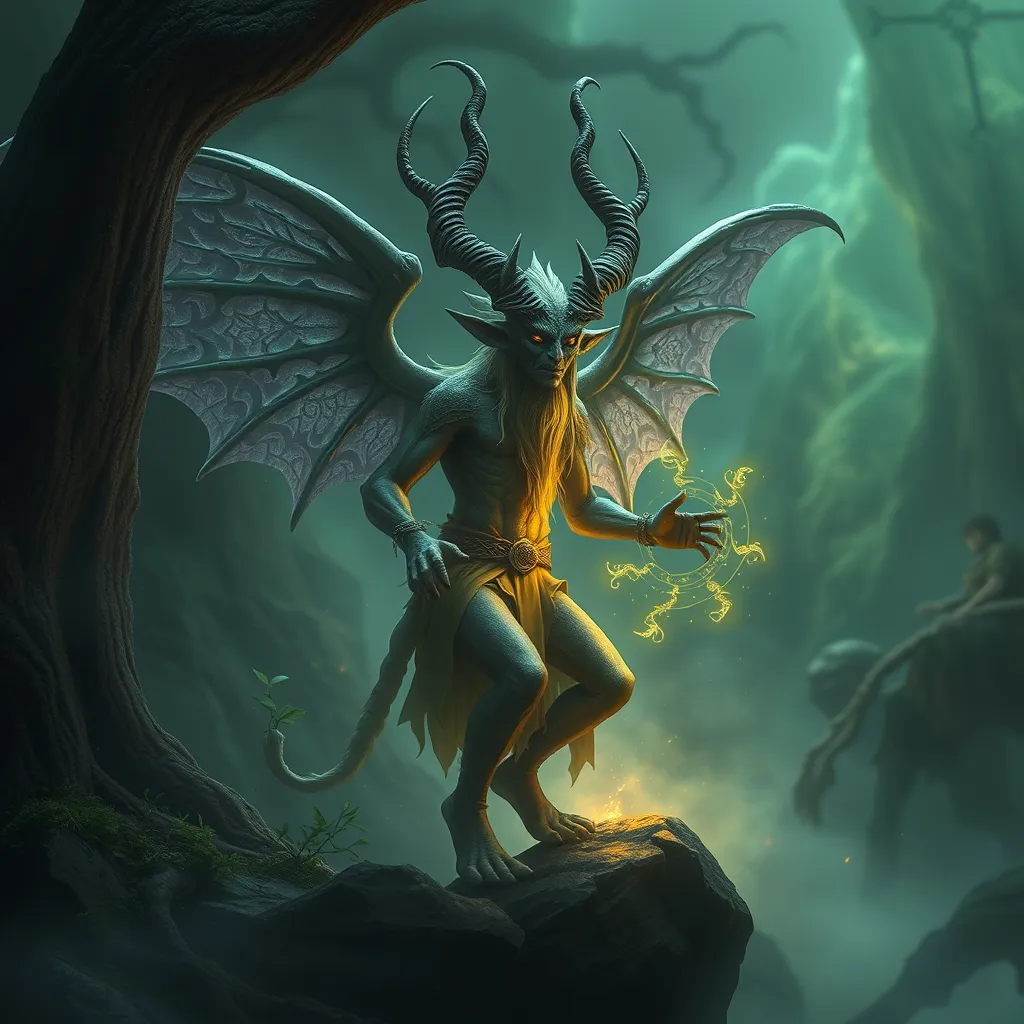The Roc: A Bird of Mythological Proportions
I. Introduction
The Roc is a legendary bird of enormous size that has captivated the imagination of cultures throughout history. Often depicted as a giant eagle or a massive bird of prey, the Roc has become a significant figure in various mythologies, particularly in Middle Eastern and Indian folklore. This article aims to explore the origins, descriptions, cultural significance, and modern representations of the Roc, highlighting its enduring impact on human storytelling and imagination.
II. Origins of the Roc in Mythology
The Roc’s origins can be traced back to ancient texts and folklore, where it is often described as a creature of great power and size. Historical accounts suggest that tales of the Roc were influenced by the sightings of large birds, such as the ostrich or even the condor, which may have sparked the imagination of ancient storytellers.
In terms of cultural origins, the Roc is primarily associated with:
- Middle Eastern folklore, particularly in the tales of “One Thousand and One Nights.”
- Indian mythology, where it is known as the “Rukh” and appears in various ancient texts, including the Sanskrit epic “Mahabharata.”
Additionally, the Roc is often placed within the context of other mythological creatures, such as dragons and griffins, showcasing the diversity of legendary beings in global folklore.
III. Descriptions and Characteristics of the Roc
The Roc is characterized by its immense size and striking appearance. Descriptions vary, but common attributes include:
- Wingspan: The Roc is often depicted as having a wingspan that can overshadow ships, emphasizing its colossal nature.
- Feathers: Its feathers are described as being dark and glossy, with some accounts suggesting they shimmer in the sunlight.
- Beak and Talons: The Roc possesses a formidable beak and sharp talons capable of capturing large prey, including elephants and whales.
In addition to its physical attributes, the Roc is believed to possess extraordinary abilities, such as:
- Flight at incredible speeds, allowing it to traverse vast distances.
- Supernatural strength, enabling it to carry off large animals and even humans.
When compared to other legendary birds, the Roc stands out due to its sheer size and the scale of its adventures in folklore.
IV. The Roc in Literature and Folklore
The Roc plays a prominent role in several key literary works, most notably in the collection of Middle Eastern stories known as “One Thousand and One Nights.” In these tales, the Roc is often depicted as a creature that aids or challenges heroes, contributing to the narrative’s excitement and drama.
Analyzing the Roc’s role in storytelling reveals several themes:
- The struggle between man and nature, often symbolized by the Roc’s overwhelming power.
- The quest for knowledge and adventure, as characters seek to understand and conquer the mythical world.
Moreover, the Roc serves as a potent symbol in literature, representing:
- Freedom and adventure, as it soars above the earth.
- The unknown and the dangers that lurk beyond the familiar.
V. The Roc in Modern Culture
In contemporary media, the Roc continues to inspire filmmakers, writers, and game developers. Its representation can be found in various forms:
- Films: The Roc appears in fantasy films, often depicted as a giant creature that plays a central role in the storyline.
- Video Games: Many fantasy role-playing games feature the Roc as a formidable enemy or a creature that players can tame.
The influence of the Roc on modern fantasy and popular culture can be seen in its themes of adventure, power, and the struggle between humanity and nature. Its legacy continues to thrive in art and literature, inspiring new generations of creators and storytellers.
VI. The Roc and Its Ecological Symbolism
The Roc, as a mythological creature, transcends mere storytelling to embody deeper ecological symbolism. It can be interpreted as a representation of nature’s power and majesty:
- Its immense size reflects the grandeur of the natural world.
- The Roc’s predatory nature highlights the balance of ecosystems and the chain of life.
Additionally, the environmental themes associated with the Roc can be linked to modern conservation efforts, as it serves as a metaphor for:
- The need to protect endangered species and habitats.
- The importance of respecting nature’s power and fragility.
VII. Comparative Mythology: The Roc and Other Mythical Birds
When exploring comparative mythology, the Roc shares similarities with other legendary avian creatures, such as:
- Griffin: A creature with the body of a lion and the head and wings of an eagle, symbolizing strength and protection.
- Thunderbird: A powerful figure in Native American mythology, associated with storms and the supernatural.
However, the Roc is unique in its sheer size and the specific narratives that revolve around its adventures. Its place in the broader context of mythological studies highlights the diverse ways cultures interpret the concept of powerful birds.
VIII. Conclusion
In summary, the Roc is a fascinating figure in mythology, representing not just a legendary bird but also the intersection of human imagination, nature, and storytelling. Its significance in various cultures showcases the universal themes of adventure, power, and the quest for understanding the unknown. The enduring fascination with such mythical creatures, particularly the Roc, reflects humanity’s desire to explore the limits of imagination and the mysteries of the natural world. As we continue to tell stories and create art inspired by the Roc, we keep alive the legacy of this magnificent bird, reminding ourselves of the wonders that lie beyond our reality.



